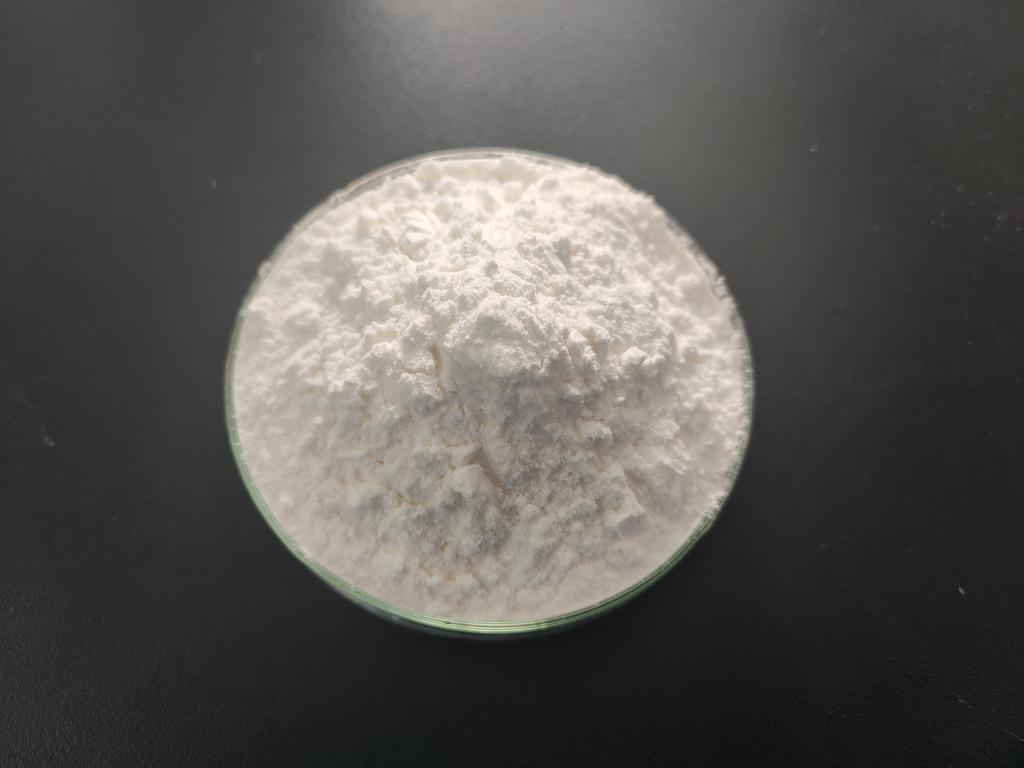Tel:+8618231198596

News
 CONTACT
CONTACT
 CONTACT
CONTACT
- Linkman:Linda Yao
- Tel: +8618231198596
- Email:linda.yao@dcpharma.cn
- Linkman:CHARLES.WANG
- Department:Overseas
- Tel: 0086 0311-85537378 0086 0311-85539701
News
Exploring ε-Polylysine Hydrochloride as a Potential Therapeutic Agent in Human Health
TIME:2024-01-25
Understanding ε-Polylysine Hydrochloride:
ε-Polylysine is a natural antimicrobial peptide derived from Streptomyces albulus. This polycationic peptide is formed by the polymerization of L-lysine and is characterized by its linear structure. The hydrochloride salt form, ε-Polylysine Hydrochloride, is the more commonly used and stable variant. Initially recognized for its antimicrobial properties, recent research has unveiled a spectrum of potential therapeutic applications for human health.
Antimicrobial Properties:
One of the primary attributes that has propelled ε-Polylysine Hydrochloride into the spotlight is its potent antimicrobial activity. It exhibits efficacy against a broad spectrum of microorganisms, including bacteria, fungi, and viruses. The mechanism of action involves disrupting the cell membranes of target microorganisms, leading to their inactivation. This antimicrobial efficacy positions ε-Polylysine Hydrochloride as a potential agent for combating infectious diseases.
Antiviral Potential:
In the context of viral infections, ε-Polylysine Hydrochloride has demonstrated promising antiviral activity. Research studies have explored its effectiveness against various viruses, including enveloped viruses such as influenza and herpes simplex virus. The mechanism of action involves interfering with viral entry into host cells and inhibiting viral replication. This antiviral potential opens avenues for further exploration in the development of novel antiviral therapies.
Antibacterial Applications:
The antimicrobial efficacy of ε-Polylysine Hydrochloride extends to its potent antibacterial properties. It has shown activity against both Gram-positive and Gram-negative bacteria, making it a versatile candidate for addressing bacterial infections. The ability of ε-Polylysine Hydrochloride to disrupt bacterial cell membranes provides a mechanism to combat bacterial pathogens, including antibiotic-resistant strains.
Immunomodulatory Effects:
Beyond its direct antimicrobial actions, ε-Polylysine Hydrochloride has demonstrated immunomodulatory effects. Research suggests that it can modulate the immune response, potentially enhancing the body's ability to defend against infections. This dual-action of direct antimicrobial activity and immunomodulation positions ε-Polylysine Hydrochloride as a unique therapeutic agent that may work synergistically with the immune system.
Potential Applications in Respiratory Health:
Given its antiviral properties, ε-Polylysine Hydrochloride has been explored for potential applications in respiratory health. Research studies have investigated its efficacy against respiratory viruses, including influenza viruses. The ability to inhibit viral entry into respiratory epithelial cells suggests potential applications in the prevention and treatment of respiratory infections, including those with pandemic potential.
Wound Healing and Tissue Repair:
The antimicrobial and immunomodulatory properties of ε-Polylysine Hydrochloride make it a compelling candidate for applications in wound healing and tissue repair. In addition to preventing infection, ε-Polylysine Hydrochloride may contribute to the modulation of inflammatory responses, promoting a favorable environment for tissue regeneration. This aspect opens avenues for research into its potential role in wound dressings and regenerative medicine.
Safety Considerations:
The safety profile of ε-Polylysine Hydrochloride is a critical aspect of its potential therapeutic use. Research studies and toxicological assessments have generally indicated a favorable safety profile, particularly when derived from natural sources. However, further research is needed to comprehensively evaluate its safety in various therapeutic applications, including long-term use.
Formulation and Delivery:
The formulation and delivery of ε-Polylysine Hydrochloride are essential considerations for its therapeutic applications. Researchers are exploring various delivery systems, including nanoparticles and hydrogels, to optimize its bioavailability and efficacy. Tailoring the formulation to specific therapeutic goals, such as wound healing or antiviral applications, is a crucial aspect of ongoing research.
Regulatory Landscape:
As ε-Polylysine Hydrochloride progresses in research, understanding and navigating the regulatory landscape will be crucial for its eventual translation into therapeutic interventions. Regulatory approvals and guidelines for its use in different applications will play a pivotal role in determining its clinical feasibility.
Challenges and Future Directions:
While the potential of ε-Polylysine Hydrochloride as a therapeutic agent is promising, several challenges and areas for further research exist:
a. Mechanistic Understanding: Further elucidation of the detailed mechanisms of action of ε-Polylysine Hydrochloride in different therapeutic contexts is needed for a comprehensive understanding of its effects.
b. Clinical Trials: Rigorous clinical trials are essential to evaluate the safety and efficacy of ε-Polylysine Hydrochloride in human subjects. This step is critical for its validation as a therapeutic agent.
c. Optimization of Formulations: Continued efforts to optimize formulations and delivery systems will enhance the practicality and effectiveness of ε-Polylysine Hydrochloride in therapeutic applications.
d. Interdisciplinary Collaboration: Collaboration between researchers in microbiology, immunology, pharmacology, and clinical medicine is essential for advancing the understanding and applications of ε-Polylysine Hydrochloride.
Conclusion:
ε-Polylysine Hydrochloride, with its multifaceted antimicrobial, antiviral, and immunomodulatory properties, holds promise as a potential therapeutic agent in human health. As research progresses, the exploration of its applications in various medical fields, including infectious diseases, respiratory health, wound healing, and tissue repair, opens new horizons for novel therapeutic interventions. Addressing safety considerations, optimizing formulations, and navigating regulatory landscapes will be essential steps in realizing the full potential of ε-Polylysine Hydrochloride for the betterment of human health.
- Tel:+8618231198596
- Whatsapp:18231198596
- Chat With Skype







